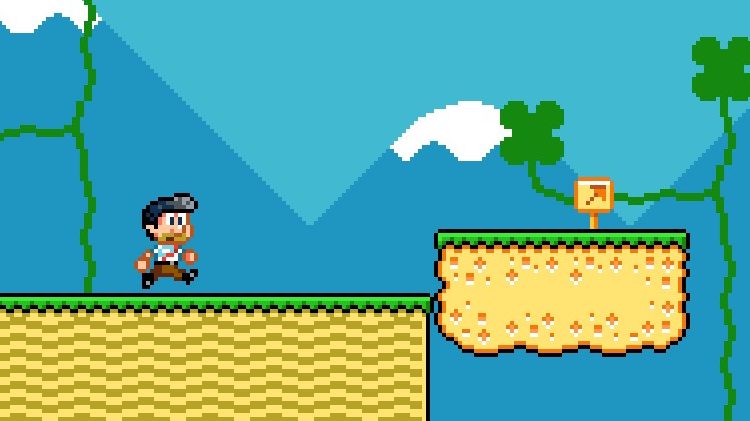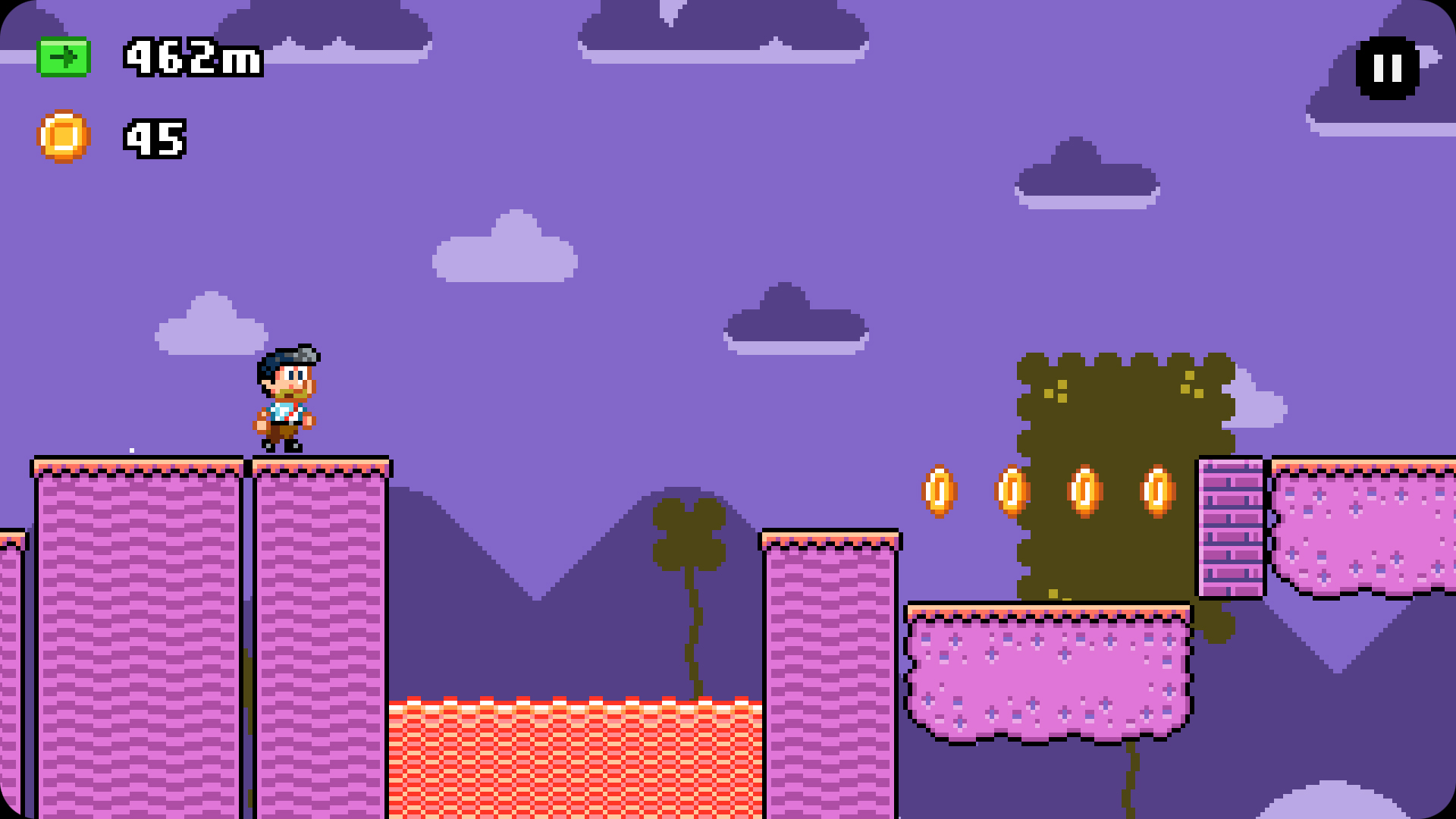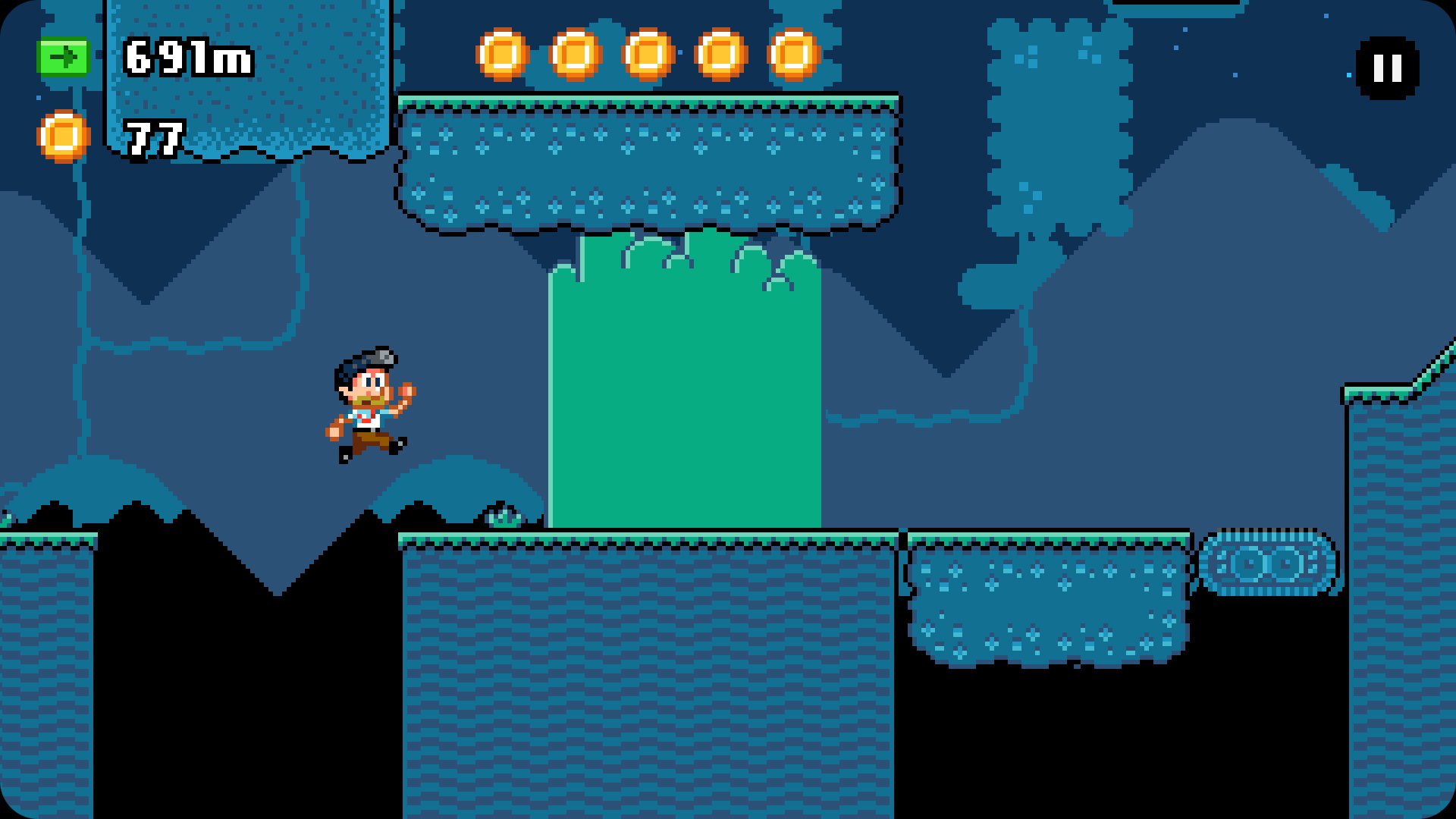- Wondering how to get Monopoly GO! free rolls? Well, you’ve come to the right place. In this guide, we provide you with a bunch of tips and tricks to get some free rolls for the hit new mobile game. We’ll …
Best Roblox Horror Games to Play Right Now – Updated Weekly
By Adele Wilson
Our Best Roblox Horror Games guide features the scariest and most creative experiences to play right now on the platform!The BEST Roblox Games of The Week – Games You Need To Play!
By Sho Roberts
Our feature shares our pick for the Best Roblox Games of the week! With our feature, we guarantee you'll find something new to play!All Grades in Type Soul – Each Race Explained
By Adele Wilson
Our All Grades in Type Soul guide lists every grade in the game for all races, including how to increase your grade quickly!
Stagehand Review: Power To The Platform
Big Bucket, the creators of The Incident, bring a challenging twist to the cornerstone of arcade games in their new “reverse platformer” Stagehand. Taking a solid deviation from the norm, this new offering from the indie studio allows players to …

Big Bucket, the creators of The Incident, bring a challenging twist to the cornerstone of arcade games in their new “reverse platformer” Stagehand. Taking a solid deviation from the norm, this new offering from the indie studio allows players to move the environment rather than the character.
Stagehand features Frank Solway, the main character from The Incident, running as fast as he can through the days of the week, trying to avoid being smushed between an unmoved pillar and the edge of the screen which has advanced upon him. Almost all of the structural and environmental elements can be moved up or down to clear a path for Frank to run, jump, and collect coins. Your attention, therefore, must remain on the path of platforms before you, rather than the character who might normally command your attention.

Controlling the landscape did remind me a little of Surfingers, a fun little high-score chaser from 2016 where you swipe up and down to meet your shifting waves. But Surfingers target waves are always below you, so you could swipe anywhere to effect change and this made your progress only a matter of timing, not precision.
Stagehand is notable however, because it requires lifting your finger off the screen to navigate between oncoming obstacles coming from both above and below you. Swiping up and down to control different scenic elements that are not connected to one another means a player must have both perfect timing and precise placement on the screen to move the world and let our hero pass.

The learning curve felt steep for me, and the constant cheap deaths early on reminded me more of the relentless, unforgiving “Flappy” games incessantly propagating in the app stores. It takes time and practice to correct the instinctive desire to control the character. Swiping up feels like Frank should jump into the sky, but he may actually be falling to another platform as you’ve just cleared the way for him.
While everyone is going to find their own groove as they adjust to controlling the platforms, it seemed that swiping up was most often the best choice for a platform that could move in either direction. Gaining height meant that you could clear wider gaps when you jumped, while also getting coins. The occasional wall from above would need to be swiped up and out of the way, but because gravity would always take over, being higher up meant more opportunities to fix a mistake in judgment or timing.
The music will surely delight retro enthusiasts, and fans of The Incident may recognize the musical stylings of composer Cabel Sasser. Be warned, however, that the old school arcade music will likely get stuck in your head, especially if you’re replaying sections due to your inevitable missteps.
You will die a lot, and it will get frustrating. But the monetary investment for this premium game means you have endless lives and can keep trying for as long as it takes without any continues or energy systems to get in the way. So if your fingers are itching for a fast-paced arcade game that looks familiar but feels fresh, Stagehand will be worth the try.

The good
- Unique perspective on platformer genre
- Clever mechanics
- Charming character and soundtrack

The bad
- Steep learning curve
More articles...
Monopoly GO! Free Rolls – Links For Free Dice
By Glen Fox
Wondering how to get Monopoly GO! free rolls? Well, you’ve come to the right place. In this guide, we provide you with a bunch of tips and tricks to get some free rolls for the hit new mobile game. We’ll …Best Roblox Horror Games to Play Right Now – Updated Weekly
By Adele Wilson
Our Best Roblox Horror Games guide features the scariest and most creative experiences to play right now on the platform!The BEST Roblox Games of The Week – Games You Need To Play!
By Sho Roberts
Our feature shares our pick for the Best Roblox Games of the week! With our feature, we guarantee you'll find something new to play!All Grades in Type Soul – Each Race Explained
By Adele Wilson
Our All Grades in Type Soul guide lists every grade in the game for all races, including how to increase your grade quickly!







